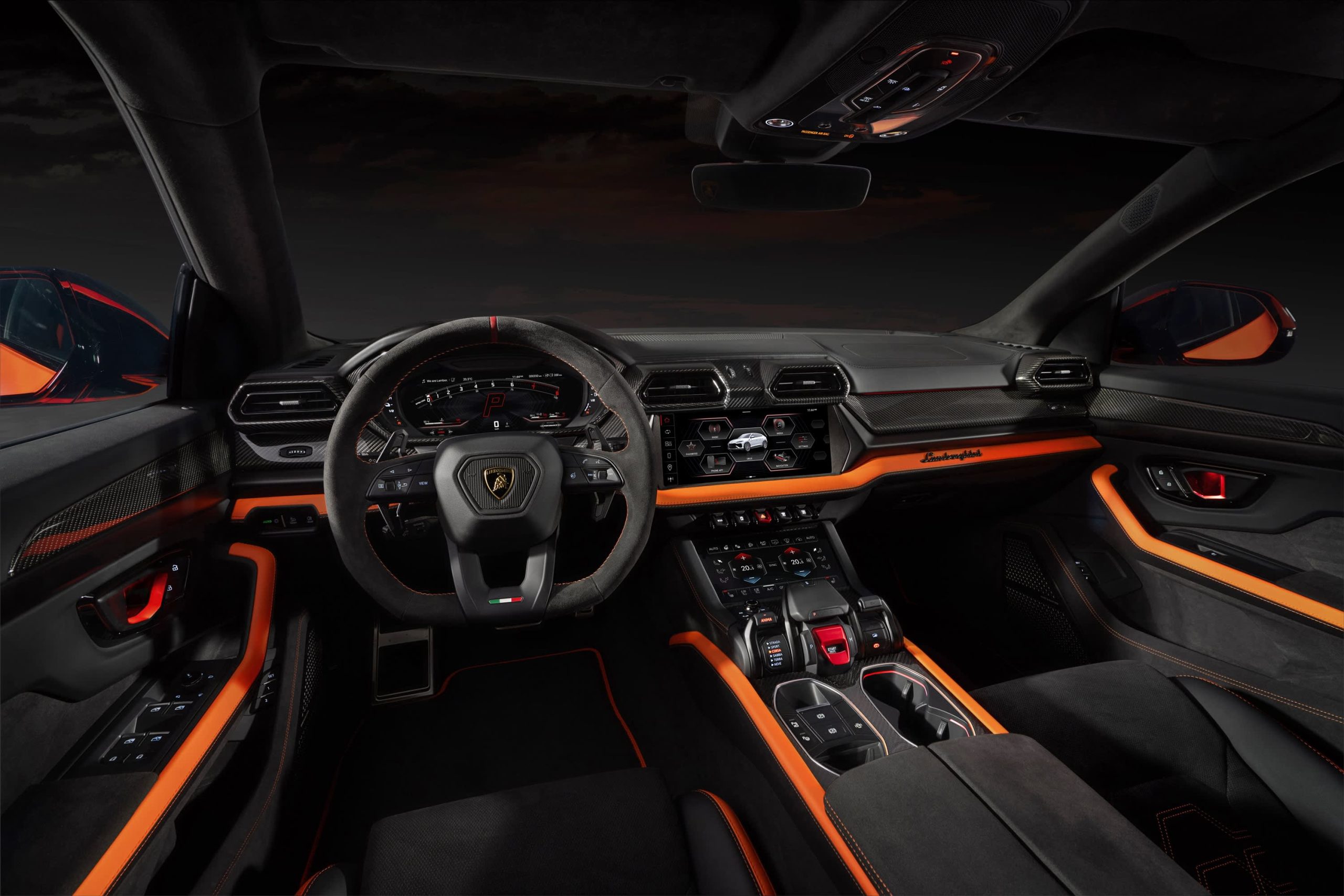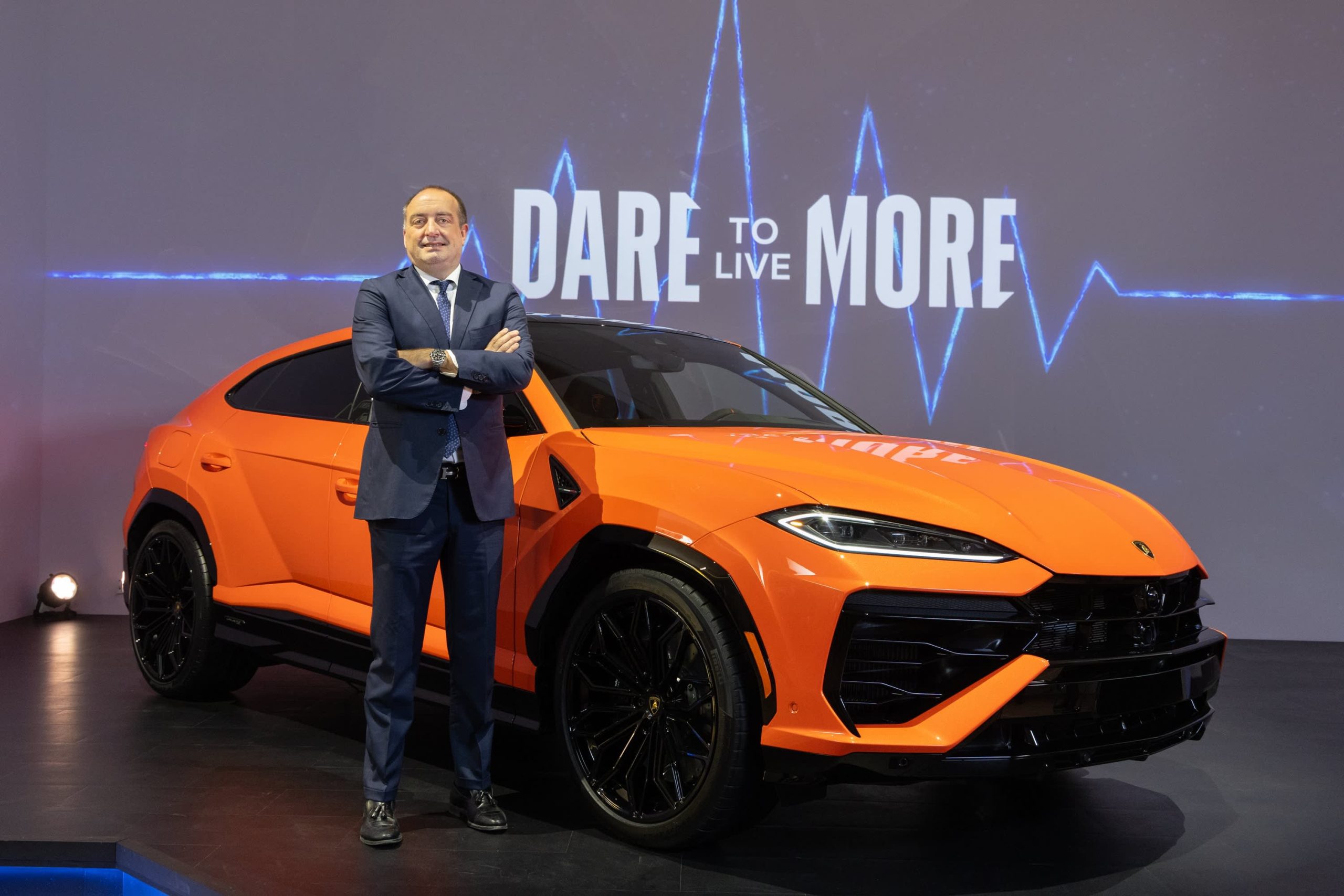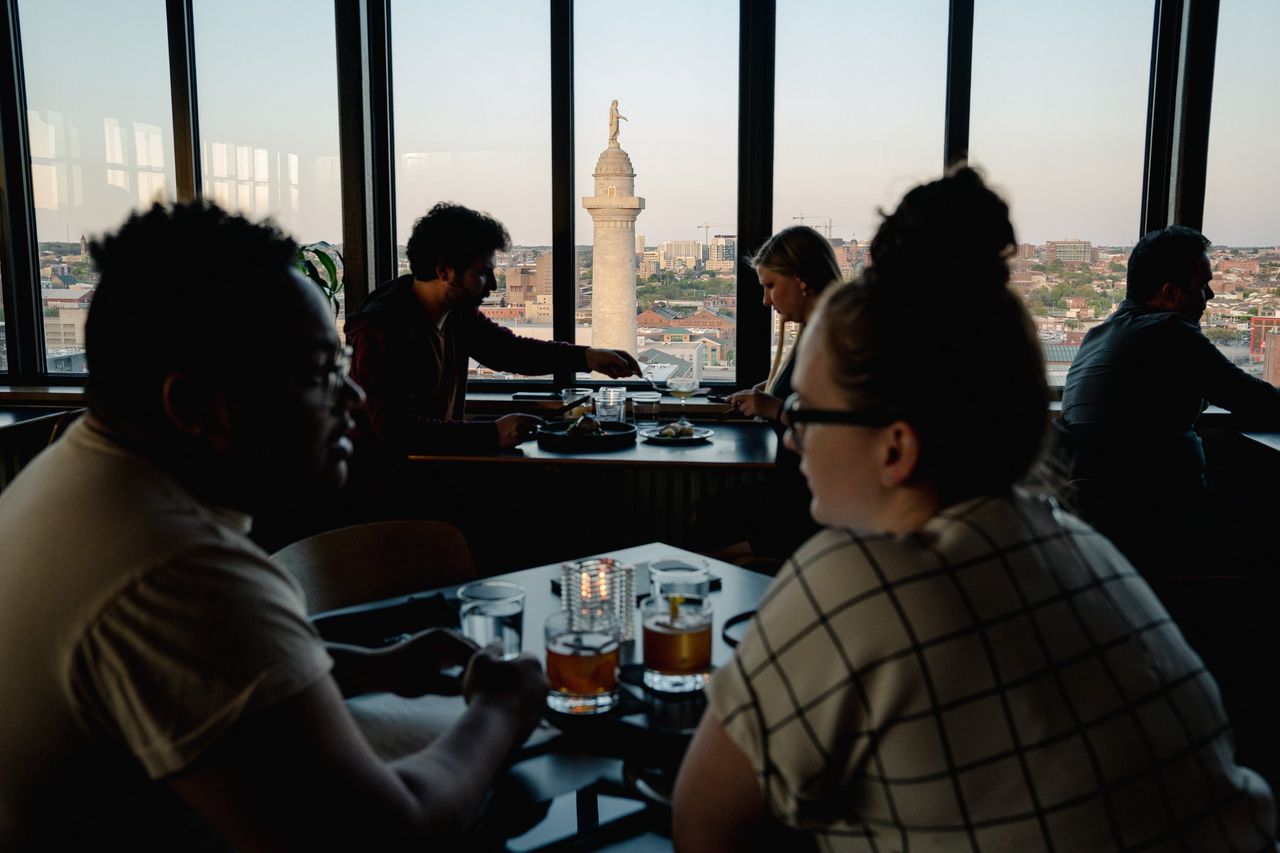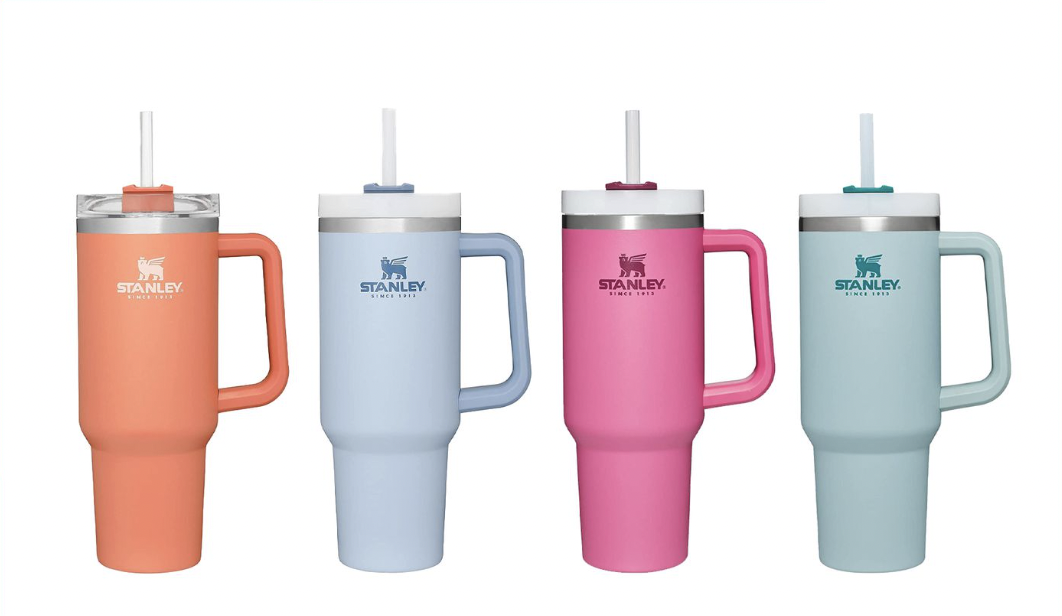During Covid, We Ate Comfort Food. We’ve Become a Lot More Adventurous.
Whether dining in or dining out, the pandemic taught us that food has meaning that goes well beyond calories and comfort
The world of food got a lot bigger this past year.
If the previous two years were defined by the word “pivot,” 2022 was the year that we could finally stop pivoting and stand still to take stock of the landscape that now surrounded us. That was true in so many areas—and the dining landscape was no exception. We spent time evaluating what is most important in our lives, and emerged with a hunger for deeper meaning and deeper connection.
Before Covid, restaurants that were serving an unfamiliar cuisine were primarily patronised by people from the culture the restaurant represented. Neighbours would pass by that local Senegalese restaurant, or the Laotian place they heard good things about, and think to themselves that they should go one day. But they kept putting it off, instead settling for that familiar place, that familiar food.
Then lockdown snatched those options from us, and our worlds got smaller.
Today’s the day
Once restrictions began to lift, we entered back into the world of dining with a new mind-set, and a desire for experiences that spoke to us in a new way. “We should go one day” became “We will go today.”
Between rising prices and knowing too well that tomorrow isn’t promised, the value of our time and money became front and centre. Life is too short to miss that chance to try something new, and spending money on mediocre food became a source of discontent after finding out during the pandemic that we can cook just fine for ourselves. There was no more putting off going to the restaurants we had wondered about.
Maybe it’s because most of us were unable to travel for almost two years and missed the humbling and beautiful feeling of surrounding ourselves in a culture that isn’t our own and the personal growth that comes from it. But people seemed more open than ever to new perspectives and dining experiences, caring more about substance than superficial trends.
So people began seeking out restaurants that provided not only delicious food, but a window into the heart of another culture. Or they sought out a familiar cuisine that introduced them to the flavours as they were intended to be served, rather than the watered-down version they were comfortable with before lockdown.
Before 2020, chefs trying to open restaurants that wanted to serve “ethnic” food, no matter how modern, were brushed off by potential investors. They were seen as only small neighbourhood restaurants that needed to be surrounded by a community of people from that culture, and the food needed to be cheap. Chefs, like myself, had been trying to break this paradigm for years, and kept running up against the same version of “no” from potential investors before eventually shifting to pop-ups or bootstrapping a bricks-and-mortar to prove their point of view.
By the beginning of this year things had started to change. Chefs putting forth a new perspective on deeply personal and cultural cuisine were being sought out as the appetite for new dining experiences grew.
Restaurants like Kann in Portland, Ore., serving delicious, modern Haitian food by chef Gregory Gourdet opened to a packed house every night and critical acclaim. Tatiana by Kwame Onwuachi opened in a prime Lincoln Center location in New York serving swoon-inducing dishes with Afro-Caribbean flavours and Bronx flair that would be at home on any fine-dining table. Yangban Society, by chefs Katianna Hong and John Hong in Los Angeles, began dishing out inventive and delicious Korean-meets-Jewish deli fare to eager patrons. And Chintan Pandya and Roni Mazumdar from a self-proclaimed “unapologetic Indian” restaurant named Dhamaka, serving lesser-known regional dishes of the subcontinent bathed in their unabashedly bold flavors, took home the coveted Best Chef New York honors at this year’s James Beard Awards.
Home connections
But these types of experiences aren’t the only ways we are satisfying our need for deeper meaning and connection. During the dark days of the pandemic most of us were cooking at home more than we had in a long time, or ever had. Whether we liked it or not, people learned what they are capable of executing in their own kitchens, and the beauty of sharing it with loved ones. So while there are great restaurants and experiences to seek out, we learned that that feeling of intimacy and connection can also be found at our own tables.
Having sampled that intimacy, we’ve begun to crave it and have made space in our homes and routines for these more meaningful dining experiences. There is a level of intimacy that comes with a dinner party that is hard to replicate in public when people’s attention is often divided between their group and the surroundings. Whether it’s bringing wine, witty commentary, a side dish, entree or dessert, or helping with the dishes, everyone contributes a piece of themselves. And although people have largely allowed their sourdough starters to die a slow death, you may even see a fresh loaf baked by a friend who is yet unwilling to let go of the connection they formed with their starter, and the meaning it provided during hard times.
More recently, people or groups with more discretionary money may hire a local chef to execute the food for a dinner party so they and their guests can focus on the playlist and one another. And while this used to be reserved for the wealthier among us, there is currently a larger market and larger talent pool available than ever, making it slightly more accessible. Several chefs across the country left restaurants during Covid (willingly or unwillingly), and many have found a new path in the private sector cooking for birthdays, anniversaries or a group of friends gathering on a Friday night.
Still, while this is becoming more common for special gatherings, it is far from the everyday norm. More commonly, experienced hosts will divide the meal among guests, allowing everyone a chance to show off the skills they honed at home and provide something delicious for one another.
Our worlds have grown again, but this time we’re being more deliberate in designing the landscape, and building worlds that are rich with substance and meaning, more varied and beautiful than before. Of all the places to find what satisfies our souls, there’s no better place than across the table from people we care about, with food that also satisfies our hunger for more.
 Copyright 2020, Dow Jones & Company, Inc. All Rights Reserved Worldwide. LEARN MORE
Copyright 2020, Dow Jones & Company, Inc. All Rights Reserved Worldwide. LEARN MORE
This stylish family home combines a classic palette and finishes with a flexible floorplan
Just 55 minutes from Sydney, make this your creative getaway located in the majestic Hawkesbury region.
The marketplace has spoken and, at least for now, it’s showing preference for hybrids and plug-in hybrids (PHEVs) over battery electrics. That makes Toyota’s foot dragging on EVs (and full speed ahead on hybrids) look fairly wise, though the timeline along a bumpy road still gets us to full electrification by 2035.
Italian supercar producer Lamborghini, in business since 1963, is also proceeding, incrementally, toward battery power. In an interview, Federico Foschini , Lamborghini’s chief global marketing and sales officer, talked about the new Urus SE plug-in hybrid the company showed at its lounge in New York on Monday.

Lamborghini
The Urus SE SUV will sell for US$258,000 in the U.S. (the company’s biggest market) when it goes on sale internationally in the first quarter of 2025, Foschini says.
“We’re using the contribution from the electric motor and battery to not only lower emissions but also to boost performance,” he says. “Next year, all three of our models [the others are the Revuelto, a PHEV from launch, and the continuation of the Huracán] will be available as PHEVs.”
The Euro-spec Urus SE will have a stated 37 miles of electric-only range, thanks to a 192-horsepower electric motor and a 25.9-kilowatt-hour battery, but that distance will probably be less in stricter U.S. federal testing. In electric mode, the SE can reach 81 miles per hour. With the 4-litre 620-horsepower twin-turbo V8 engine engaged, the picture is quite different. With 789 horsepower and 701 pound-feet of torque on tap, the SE—as big as it is—can reach 62 mph in 3.4 seconds and attain 193 mph. It’s marginally faster than the Urus S, but also slightly under the cutting-edge Urus Performante model. Lamborghini says the SE reduces emissions by 80% compared to a standard Urus.
Lamborghini’s Urus plans are a little complicated. The company’s order books are full through 2025, but after that it plans to ditch the S and Performante models and produce only the SE. That’s only for a year, however, because the all-electric Urus should arrive by 2029.

Lamborghini
Thanks to the electric motor, the Urus SE offers all-wheel drive. The motor is situated inside the eight-speed automatic transmission, and it acts as a booster for the V8 but it can also drive the wheels on its own. The electric torque-vectoring system distributes power to the wheels that need it for improved cornering. The Urus SE has six driving modes, with variations that give a total of 11 performance options. There are carbon ceramic brakes front and rear.
To distinguish it, the Urus SE gets a new “floating” hood design and a new grille, headlights with matrix LED technology and a new lighting signature, and a redesigned bumper. There are more than 100 bodywork styling options, and 47 interior color combinations, with four embroidery types. The rear liftgate has also been restyled, with lights that connect the tail light clusters. The rear diffuser was redesigned to give 35% more downforce (compared to the Urus S) and keep the car on the road.
The Urus represents about 60% of U.S. Lamborghini sales, Foschini says, and in the early years 80% of buyers were new to the brand. Now it’s down to 70%because, as Foschini says, some happy Urus owners have upgraded to the Performante model. Lamborghini sold 3,000 cars last year in the U.S., where it has 44 dealers. Global sales were 10,112, the first time the marque went into five figures.
The average Urus buyer is 45 years old, though it’s 10 years younger in China and 10 years older in Japan. Only 10% are women, though that percentage is increasing.
“The customer base is widening, thanks to the broad appeal of the Urus—it’s a very usable car,” Foschini says. “The new buyers are successful in business, appreciate the technology, the performance, the unconventional design, and the fun-to-drive nature of the Urus.”
Maserati has two SUVs in its lineup, the Levante and the smaller Grecale. But Foschini says Lamborghini has no such plans. “A smaller SUV is not consistent with the positioning of our brand,” he says. “It’s not what we need in our portfolio now.”
It’s unclear exactly when Lamborghini will become an all-battery-electric brand. Foschini says that the Italian automaker is working with Volkswagen Group partner Porsche on e-fuel, synthetic and renewably made gasoline that could presumably extend the brand’s internal-combustion identity. But now, e-fuel is very expensive to make as it relies on wind power and captured carbon dioxide.
During Monterey Car Week in 2023, Lamborghini showed the Lanzador , a 2+2 electric concept car with high ground clearance that is headed for production. “This is the right electric vehicle for us,” Foschini says. “And the production version will look better than the concept.” The Lanzador, Lamborghini’s fourth model, should arrive in 2028.
Just 55 minutes from Sydney, make this your creative getaway located in the majestic Hawkesbury region.
This stylish family home combines a classic palette and finishes with a flexible floorplan






















